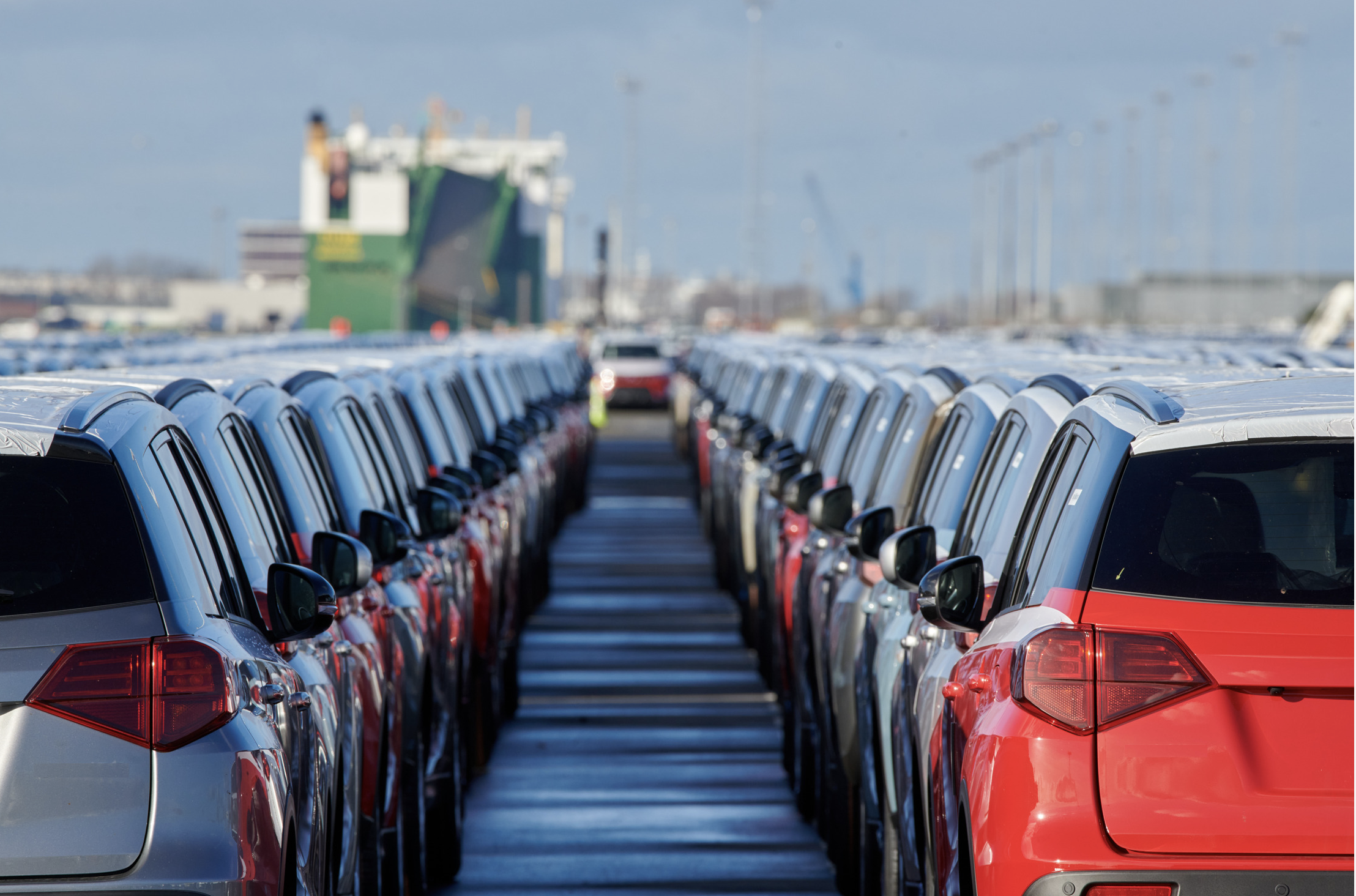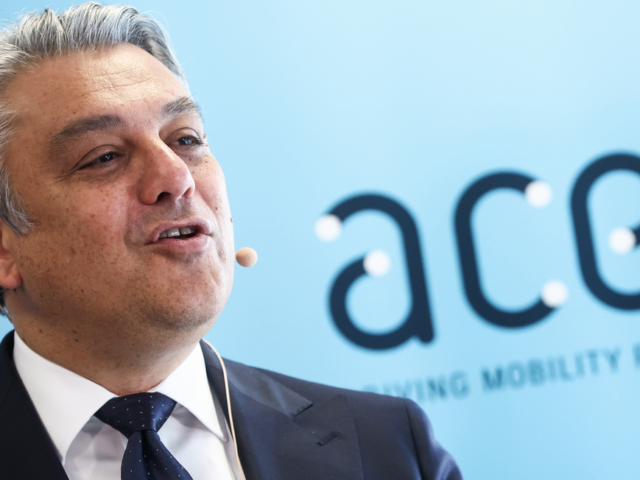
Belgian ports face logjam over rising car imports

The Belgian port’s car handlers are turning into car parking companies against their will. /PortofZeebrugge
Western European ports, particularly Zeebrugge and Antwerp, face unprecedented challenges as they morph into vast car storage facilities. Th


Comments
Ready to join the conversation?
You must be an active subscriber to leave a comment.
Subscribe Today